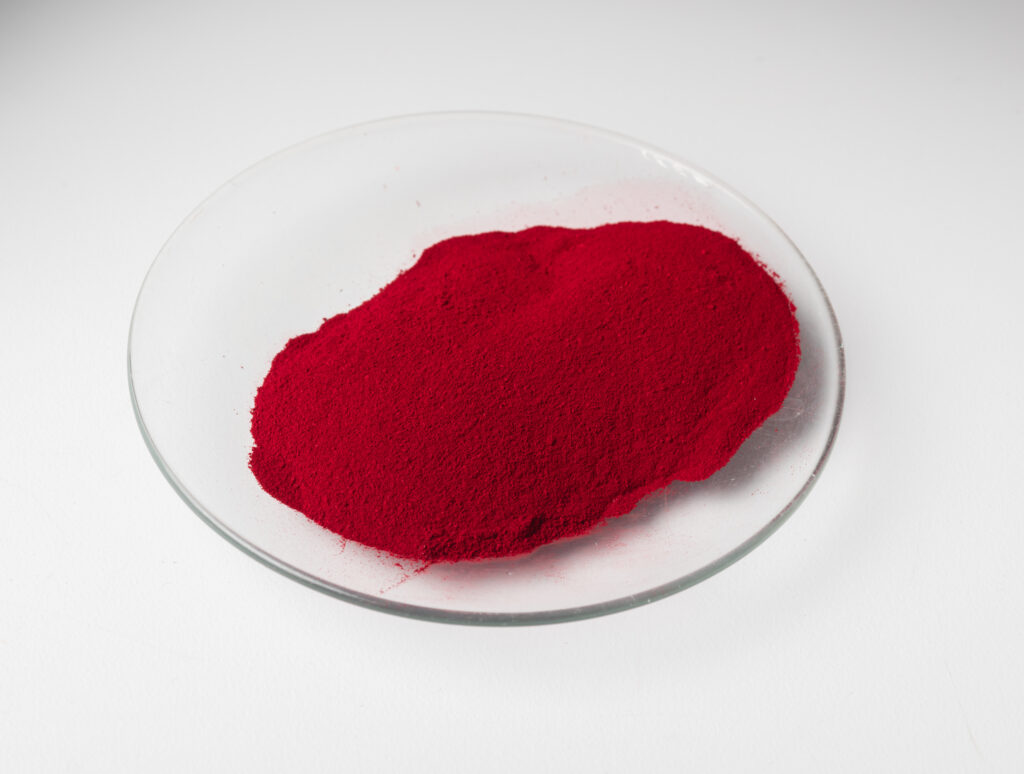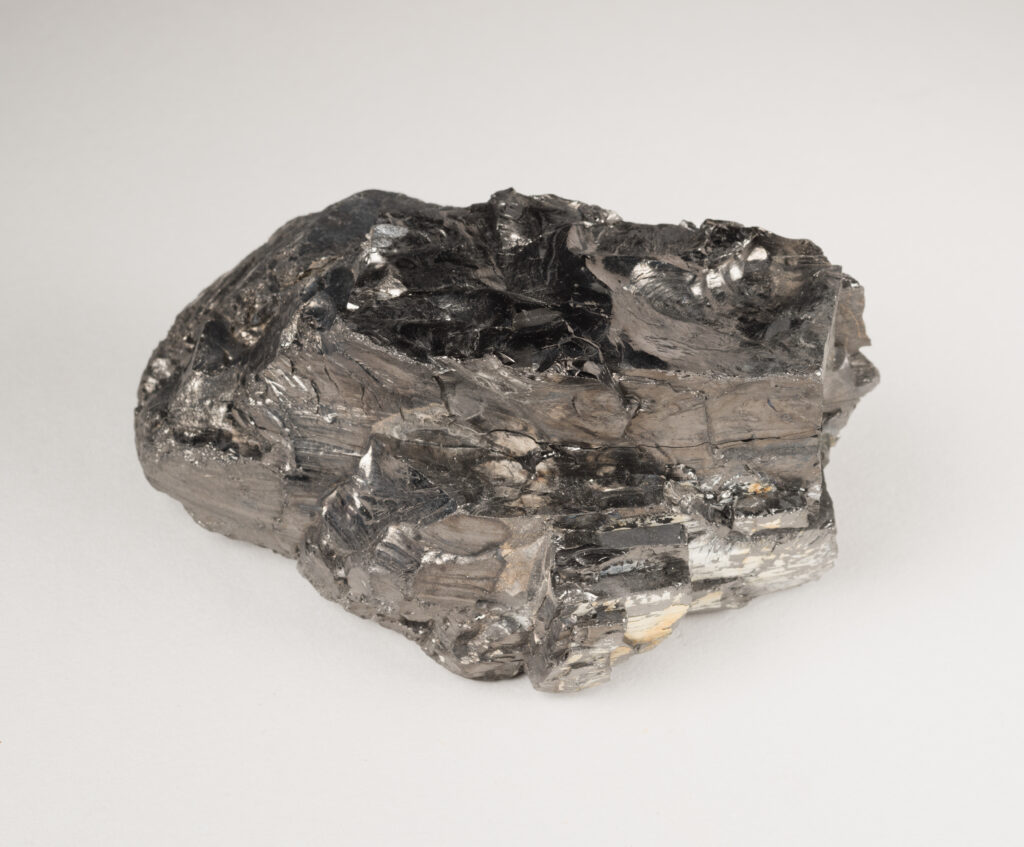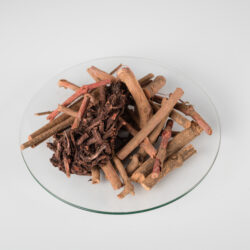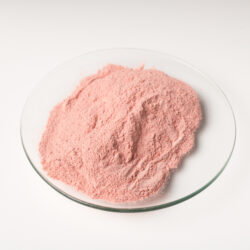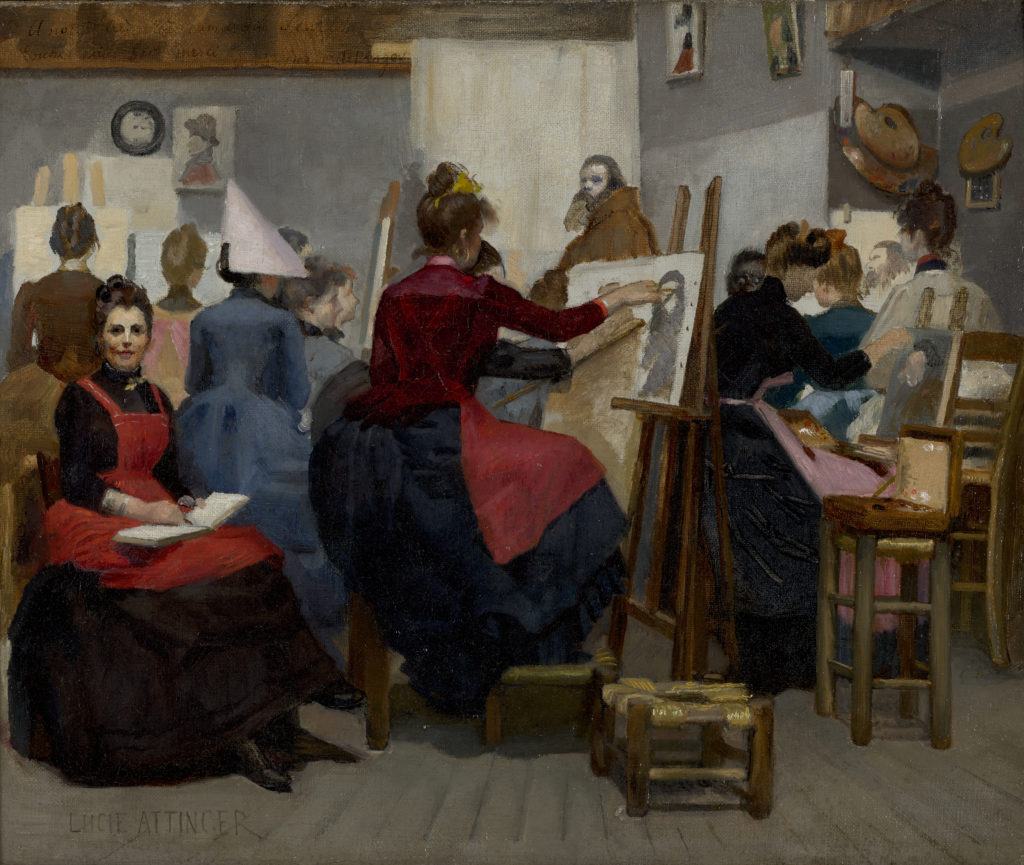Alizarin (resource)
Dates of Use: 1868–present day
Source: Human-made synthetic organic dye made from coal tar
Chemical Name: Alizarin
Formula: C14H8O4
- Alizarin is made from coal tar, a by-product of the production of coke and coal gas.
- It was the first synthetic (human-made) dye to replicate a natural dye, specifically madder red from the madder plant. The name “alizarin” comes from the Arabic word for madder (alizari).
- Alizarin is the product of modern chemistry and the Industrial Revolution.
- Alizarin, like all dyes, can be made into paint by dyeing a colorless particle (such as chalk or alum). A pigment made from a dye is called a “lake.”
In the 19th century, coal tar was used to create products like dyes and medications. Coal tar is a by-product of the production of coke and coal gas. In 1856 William Henry Perkin was trying to create a synthetic version of quinine. Quinine is a drug used to treat malaria. He accidentally created mauveine instead. Mauveine was the first artificial organic dye. It is purple in color, and was one of the first chemical dyes to be mass-produced. This prompted the invention of more organic dyes, including alizarin. In 1868 German chemists Carl Graebe and Carl Liebermann discovered a way to produce alizarin. Around the same time, Perkin independently discovered how to produce alizarin as well. Graebe and Liebermann filed their patent for alizarin one day before Perkin filed his.
The profits from alizarin drove more chemists to explore creating synthetic dyes. This is why most of the pigments and dyes used today are synthetic. Human-made dyes and pigments make it possible to create an endless rainbow of colors.
Alizarin versus Madder
Alizarin’s invention ruined the market for madder. Alizarin was brighter and cheaper to make than madder red. It was also simpler to produce than madder, which had to be grown and processed. Madder had been used since ancient times to create high-quality red dye and paint. The widespread cultivation and trade of madder collapsed quickly as alizarin became popular.
In this painting by Lucie Attinger, the central figure’s blouse was painted with alizarin red. After alizarin was invented, it quickly became popular with artists. It was considered an essential color in the work of French impressionist painters. Alizarin was known as the “color of the decade” in the 1870s.

